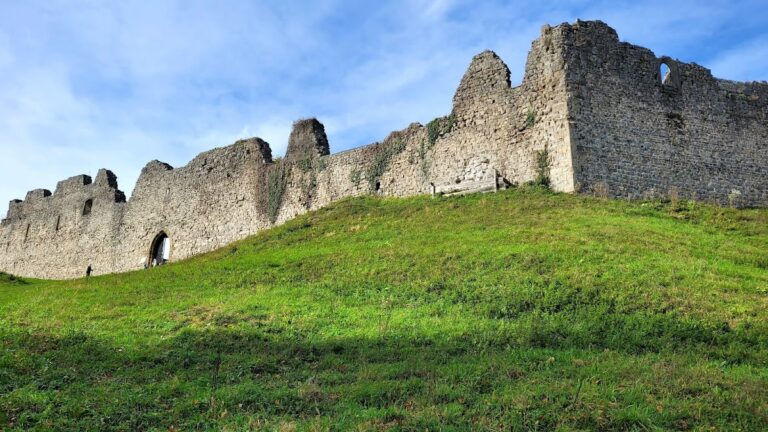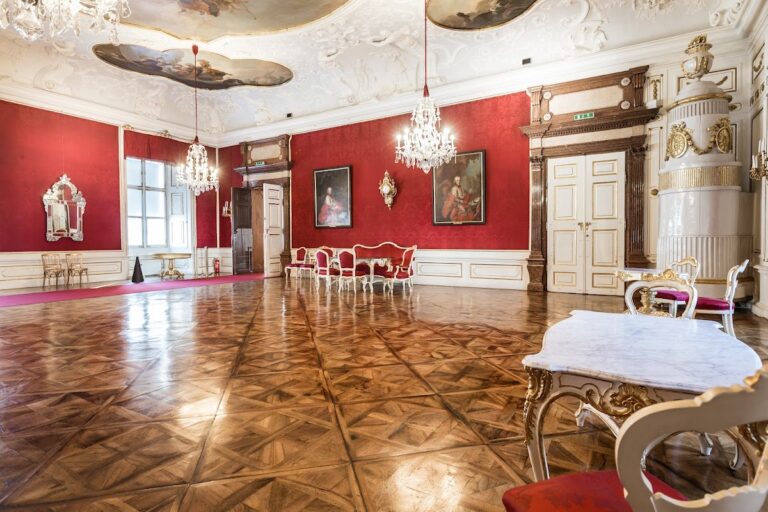Burg Gruttenstein: A Historic Castle in Bad Reichenhall, Germany
Visitor Information
Google Rating: 4.4
Popularity: Low
Google Maps: View on Google Maps
Official Website: www.burg-gruttenstein.de
Country: Germany
Civilization: Unclassified
Remains: Military
History
Burg Gruttenstein stands on a hill at 500 meters above sea level in the town of Bad Reichenhall, Germany. While the exact origins and the builder of the castle remain unknown, it is believed that a stone fortress existed on this site during the 12th century, serving as a residence for the Counts of Hall.
In 1196, the castle, along with the nearby town of Reichenhall, was destroyed under the orders of the Archbishop of Salzburg. Following this destruction, the Archbishop constructed the Hallburg close by in an attempt to assert control over Reichenhall. However, the Hallburg was a short-lived establishment, as by 1218 the Duke of Bavaria took steps to rebuild Burg Gruttenstein amid ongoing conflicts with the Archbishopric.
Despite pressures from the Archbishop, including formal demands and court rulings to demolish the fortress, Burg Gruttenstein remained intact. This resilience allowed the Bavarian duke to firmly establish his authority within the Reichenhall area. From the 13th century onwards, the castle transitioned from a purely military stronghold into an administrative center. It became the seat of the ducal official responsible for overseeing the Reichenhall district court, blending governance with defense.
Over time, parts of the structure were adapted to enhance comfort, notably with the addition of large windows in some sections. These modifications led to the castle being occasionally referred to as a palace, reflecting its evolving status beyond a fortress. Since 2007, Burg Gruttenstein has been privately owned and has undergone extensive renovation work aimed at preserving its historical character.
Remains
Burg Gruttenstein presents a compact, squat form characterized by the absence of towers. The highest point of the castle is its shield wall, which runs longitudinally from east to west and originally formed part of the town’s defensive walls. This three-story stone structure encloses a central courtyard, creating a fortified but functional space within.
The northern wing of the castle contains noble living quarters, reflecting its historical role as a residence as well as an administrative center. Visitors or occupants traditionally entered the site through a low gatehouse, which was once secured by a wooden gate and a portcullis—a heavy, vertically sliding grille. Historical research suggests that at one time, this entrance may have also been protected by a drawbridge, adding another layer of defense.
Constructed mainly from stone, the castle’s fabric exemplifies medieval building techniques and materials. Archaeological investigations beneath the structure have uncovered remains dating from both the medieval period and the early modern era. These subterranean finds point to earlier phases of construction and occupation, although detailed descriptions of specific artifacts such as tools or ceramics have not been recorded.
Today, Burg Gruttenstein is recognized as a protected historic monument under Bavarian heritage laws. Its position above the center of Bad Reichenhall allows it to stand as a visible reminder of the town’s complex medieval history. Additionally, the castle forms part of a network of local fortified sites connected by a roughly 30-kilometer trail that links seventeen castles, palaces, and defensive structures throughout the region.










